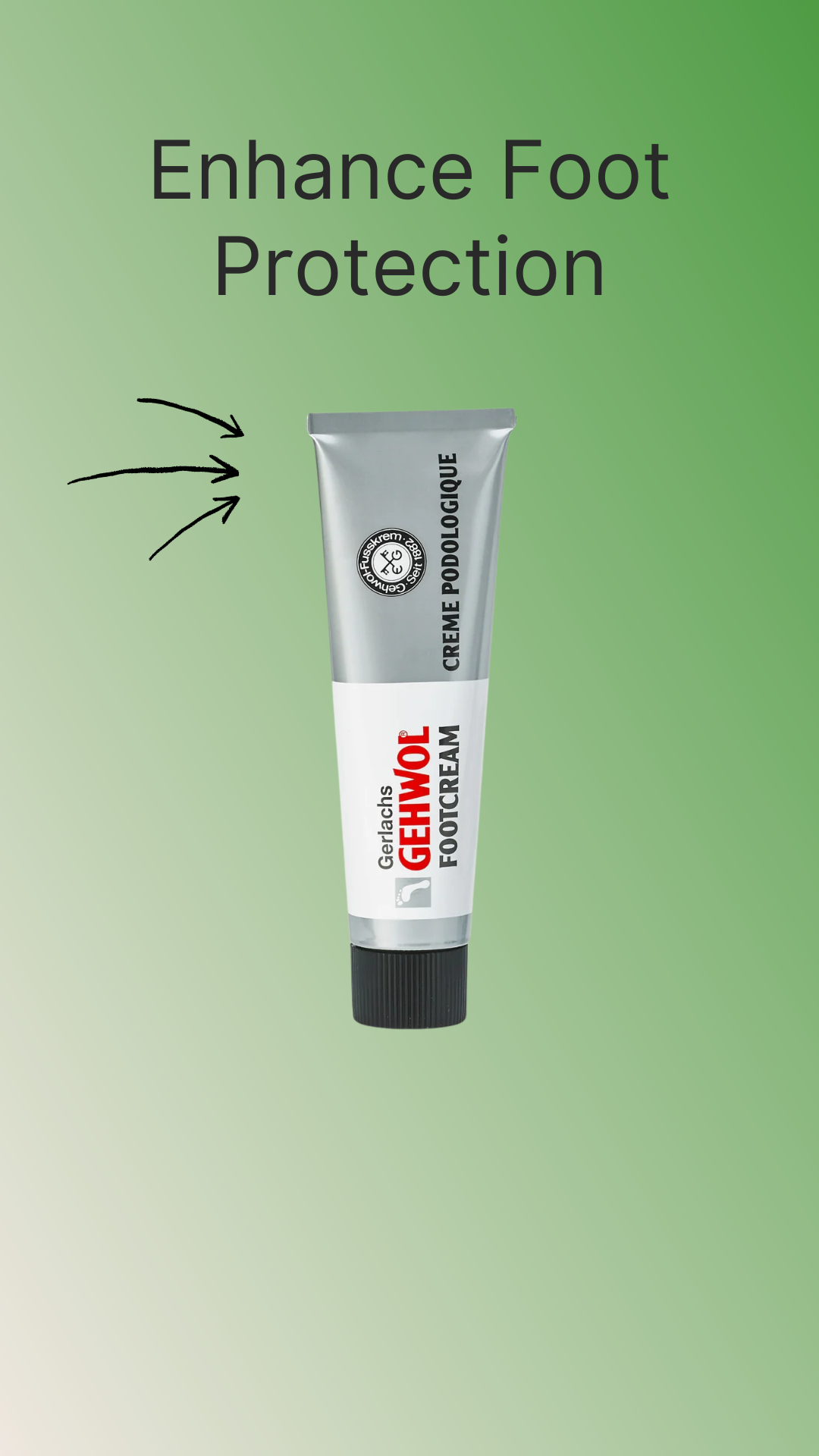Introduction
High arches, also known as pes cavus, are less common than flat feet but can be equally problematic. In this condition, the arch of the foot is higher than normal, meaning that pressure is not spread evenly across the foot. Instead, weight is concentrated on the heel and ball of the foot, which can cause pain, instability, and an increased risk of ankle sprains.
In the UK, many people live with high arches without knowing that their footwear could be the cause of their discomfort. Ordinary shoes rarely provide enough cushioning or arch support for high arches, leading to foot fatigue, calluses, and joint strain. Over time, untreated high arches can even contribute to shin splints, knee pain, and hip misalignment.
The good news? The right footwear can transform daily life. Orthopedic shoes for high arches are designed with extra cushioning, shock absorption, and stable soles, helping wearers walk comfortably and safely. In this blog, we’ll explore the challenges of high arches, the key features to look for in shoes, and the everyday benefits of supportive footwear.
Why High Arches Need Special Shoes
Concentrated Pressure on Heels & Toes
High arches reduce the natural shock absorption of the foot. Without proper cushioning, each step puts extra strain on the heel and forefoot. Shoes with cushioned midsoles and padded insoles help distribute this pressure more evenly.
Instability & Ankle Sprains
People with high arches often supinate, meaning their feet roll outward when walking. This increases the risk of ankle sprains. Shoes with wide, stable soles and firm heel counters provide better balance and reduce the chance of injury.
Joint & Muscle Strain
Without supportive footwear, high arches can cause strain in the knees, hips, and lower back. Orthopedic shoes improve alignment, reducing long-term complications.
Everyday Discomfort
From calluses to aching arches, high arches can make even short walks uncomfortable. Supportive shoes with extra cushioning make walking and standing much more enjoyable.
Key Features of the Best Shoes for High Arches in the UK
Cushioned Insoles
Memory foam or gel insoles soften impact and reduce pressure on sensitive areas of the foot.
Shock-Absorbing Midsoles
These provide protection for joints by absorbing the force of each step.
Arch Support
Although the arch is already high, supportive insoles prevent the foot from collapsing inward or outward, improving alignment.
Wide, Stable Soles
Provide balance and reduce the risk of ankle sprains, especially on uneven ground.
Rocker Soles
Encourage smooth heel-to-toe transitions, reducing strain on the ball of the foot.
Removable Insoles
Allow wearers to add custom orthotics if prescribed.
Breathable, Lightweight Materials
Keep feet comfortable during long periods of wear without adding weight or bulk.

Everyday Benefits of Orthopedic Shoes for High Arches
-
All-day comfort: Extra cushioning reduces fatigue during long walks or shifts.
-
Better stability: Wide soles and heel counters reduce the chance of sprains.
-
Reduced pain: Pressure relief helps with heel pain, metatarsalgia, and shin splints.
-
Improved posture: Correct support reduces stress on knees, hips, and the spine.
-
Confidence in movement: Supportive shoes allow wearers to stay active without fear of pain or injury.
Lifestyle Scenarios
-
Work shifts: Standing all day is easier with cushioned orthopedic shoes.
-
Exercise & walking: Supportive soles allow light exercise without strain.
-
Elderly wearers: Stability features prevent falls and ankle injuries.
-
Social outings: Modern orthopedic designs provide support while looking smart.
FAQ – Shoes for High Arches
Q: Can high arches cause foot pain?
A: Yes, because pressure is unevenly distributed. Shoes with cushioning and support reduce this pain.
Q: Do insoles alone help high arches?
A: Insoles can help, but shoes designed for high arches provide a stronger foundation and long-term comfort.
Q: Are rocker soles good for high arches?
A: Yes, they encourage natural motion and reduce forefoot strain.
Q: Can high arches cause ankle sprains?
A: Yes, supination is common with high arches, increasing the risk. Supportive shoes reduce this.
Q: Are high arches the opposite of flat feet?
A: In a sense, yes. Both are abnormal arch shapes that cause foot problems but require different footwear solutions.
Q: Should I replace my shoes more often with high arches?
A: Yes, cushioning wears down over time. Replace shoes every 12–18 months or sooner if support feels reduced.
Final Thoughts
High arches may seem like a minor foot variation, but without proper support they can lead to discomfort, instability, and long-term joint issues. The best shoes for high arches in the UK provide cushioning, shock absorption, wide soles, and supportive insoles—helping wearers stay comfortable and confident throughout the day.
By investing in orthopedic footwear, individuals with high arches can reduce pain, prevent ankle sprains, and improve posture. Proper shoes aren’t just about foot comfort—they’re about protecting overall mobility and long-term health.



